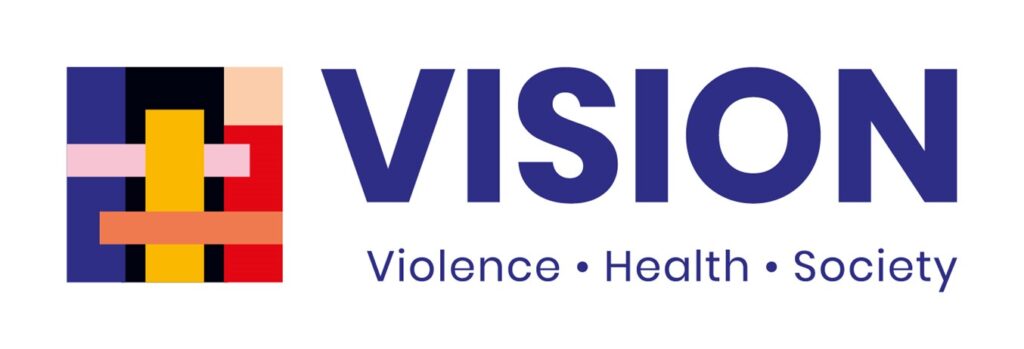Wednesday 4 February 2026, 10 am – 4:30 pm, Leonardo Hotel, Cardiff, CF10 3UD
REGISTRATION NOW OPEN
The UKPRP VISION research consortium and the Violence Prevention team at Public Health Wales are pleased to collaborate on a free, one-day conference, The intersection of public health and violence prevention.
This event will bring together a range of stakeholders working in violence prevention including public health, policing, healthcare, academia, government and the community and voluntary sector. It will showcase professionals from across Wales and beyond who are working at this intersection, with a focus on whole system approaches to violence prevention and the role of public health within this, as well as examining data on violence and its links with health inequalities. Join us for presentations, panel discussions and plenty of opportunities for questions and networking.
For any questions, please contact VISION_Management_Team@citystgeorges.ac.uk
REGISTRATION NOW OPEN
We look forward to seeing you in Cardiff soon! Violence Prevention Team and VISION Consortium
*******************************************************
COFRESTRU AR AGOR NAWR: Y Croestoriad rhwng Iechyd y Cyhoedd ac Atal Trais
Rydym wrth ein bodd yn eich gwahodd i gynhadledd Croestoriad rhwng Iechyd y Cyhoedd ac Atal Trais, a gynhelir ar y cyd gan Gonsortiwm Trais, Iechyd a Chymdeithas (VISION) Partneriaeth Ymchwil Atal y DU a’r Tîm Atal Trais yn Iechyd Cyhoeddus Cymru.
Pryd: Dydd Mercher 4 Chwefror 2026 10:00am – 4:30pm
Ble: Gwesty Leonardo, Caerdydd, CF10 3UD
Bydd y gynhadledd undydd, rhad ac am ddim hon yn dwyn ynghyd amrywiaeth o randdeiliaid sy’n gweithio ym maes atal trais gan gynnwys iechyd y cyhoedd, plismona, gofal iechyd, y byd academaidd, y llywodraeth a’r sector cymunedol a gwirfoddol. Bydd yn arddangos gweithwyr proffesiynol o bob cwr o Gymru a thu hwnt sy’n gweithio yn y groesffordd hon, gyda ffocws ar ddulliau system gyfan o atal trais a rôl iechyd y cyhoedd yn hyn, yn ogystal ag archwilio data ar drais a’r cysylltiad rhyngddo ag anghydraddoldebau iechyd.
Ymunwch â ni am gyflwyniadau, trafodaethau panel a digon o gyfleoedd ar gyfer gofyn cwestiynau a rhwydweithio.
Edrychwn ymlaen at eich croesawu ar 4 Chwefror. Anfonwch e-bost at phw.violencepreventionteam@wales.nhs.uk os oes gennych gwestiynau.
Edrychwn ymlaen at eich gweld yng Nghaerdydd yn fuan! Tîm Atal Trais a Chonsortiwm VISION



